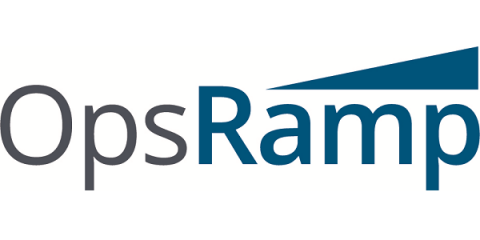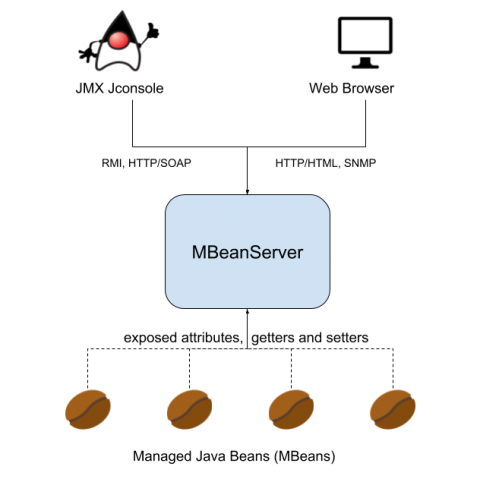Cross Platform Hybrid Mobile App Development Tools
The world of internet is always changing. The term “Internet of Things” has reshaped the way we live now and companies are no exception. Gone are the days of using a single channel for work flow; most of the businesses rely on multiple devices and platforms to stay connected and manage operations. Owing to the ever-evolving needs of the clients, businesses are going mobile which means their market offering are available on the go.











